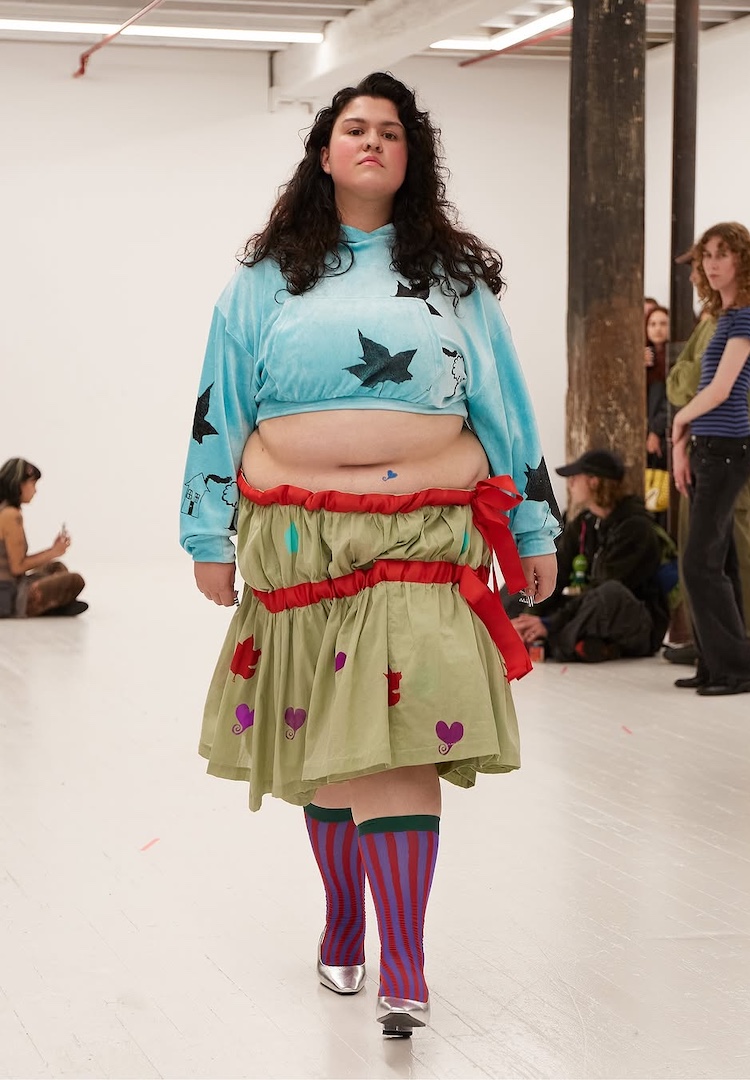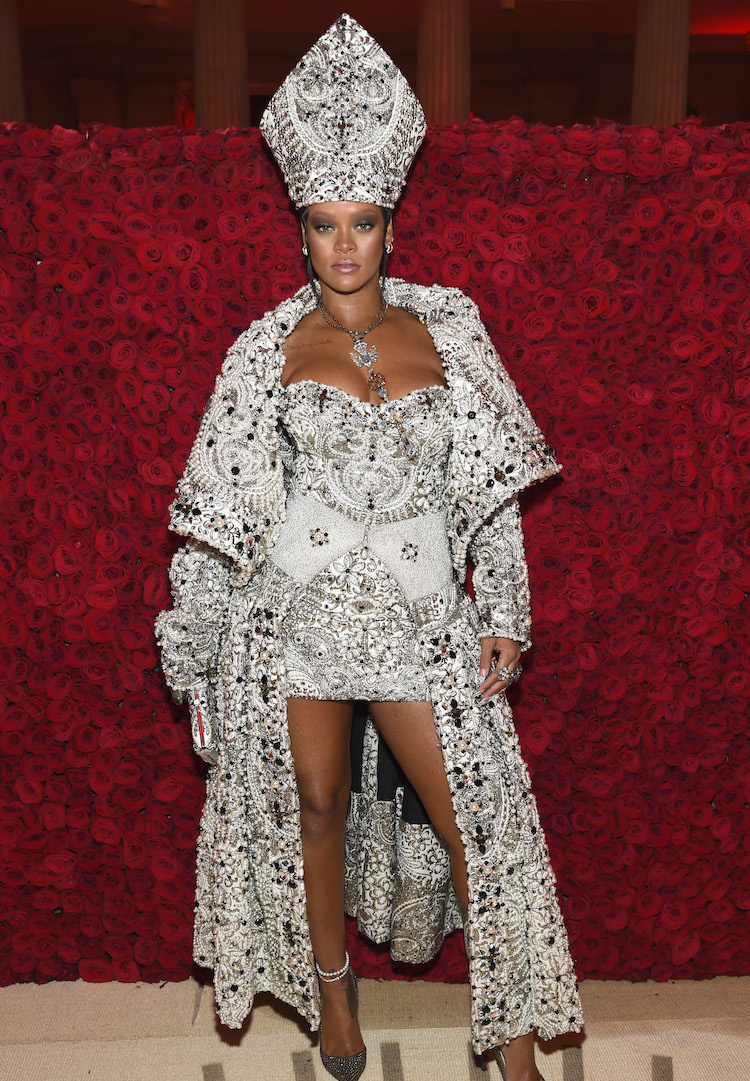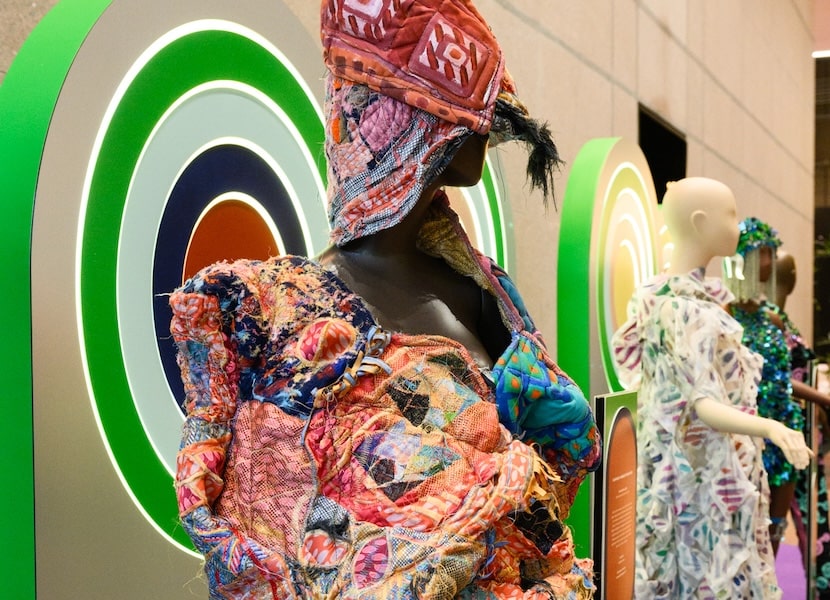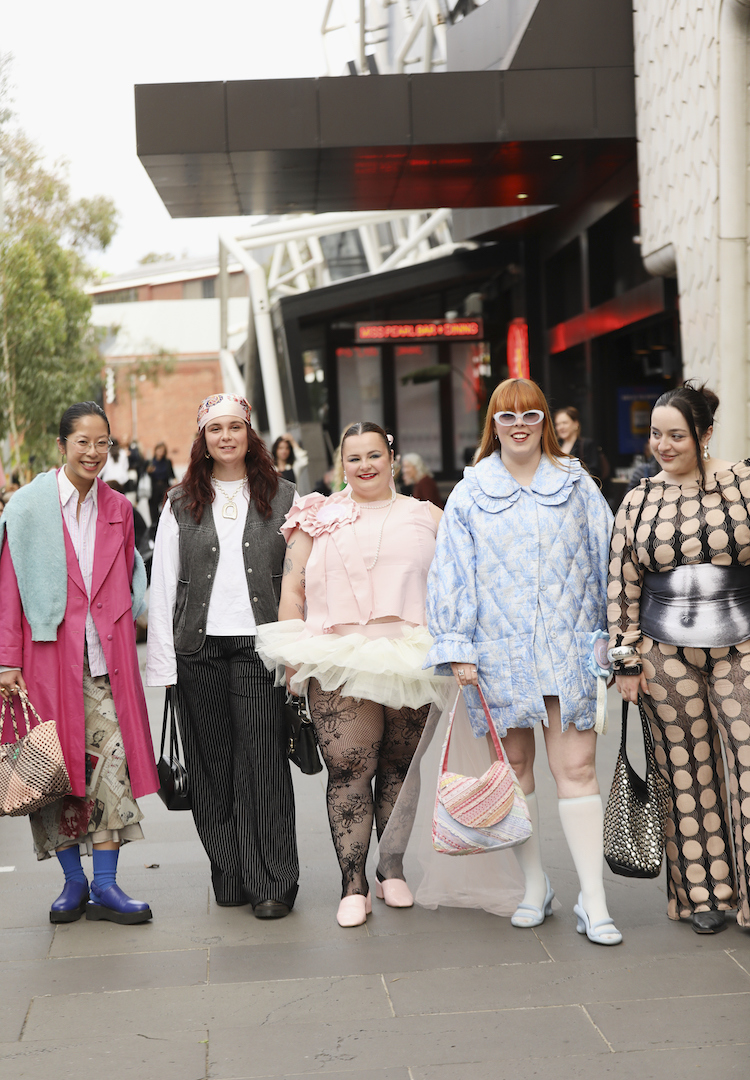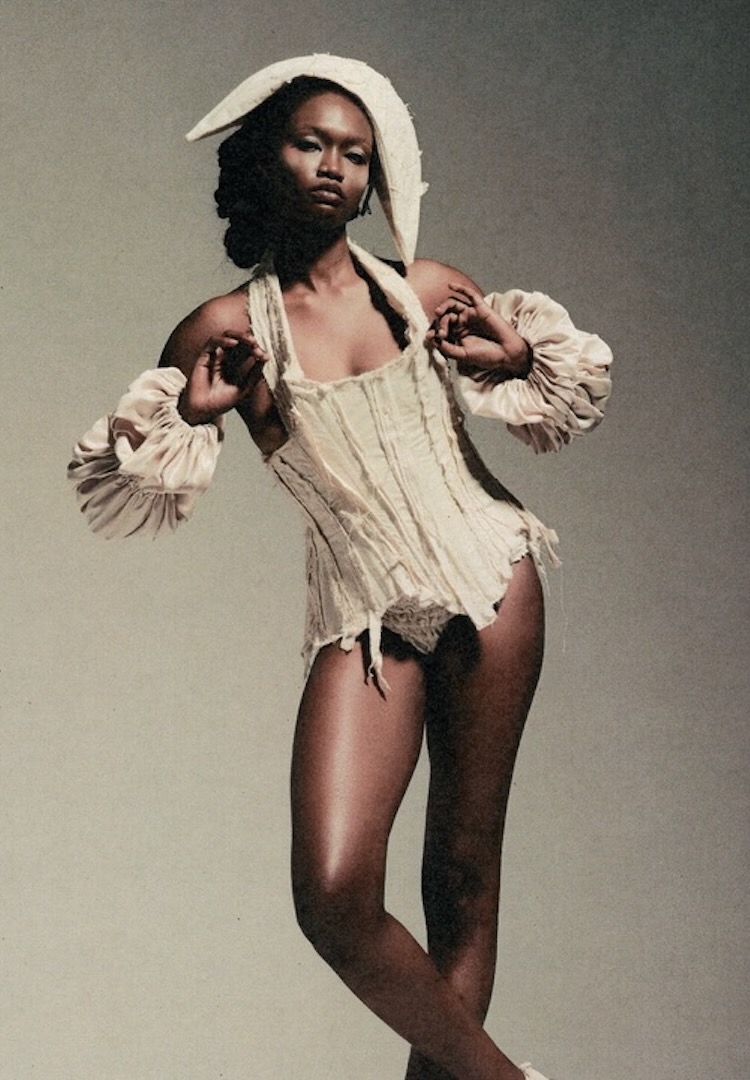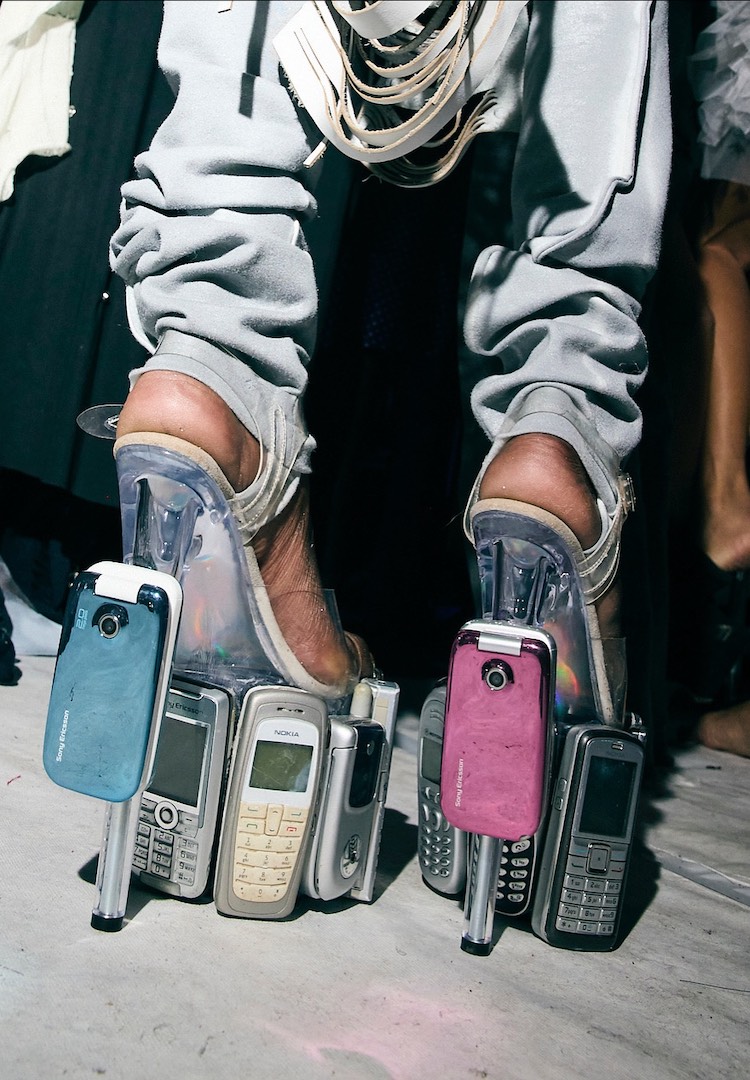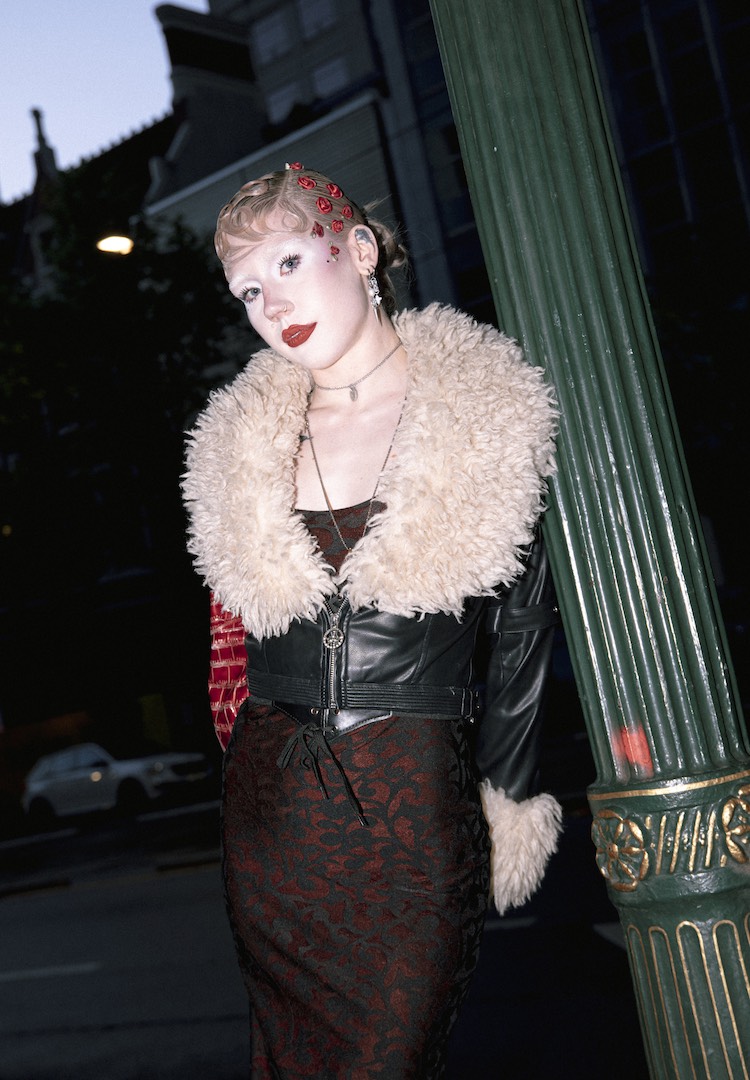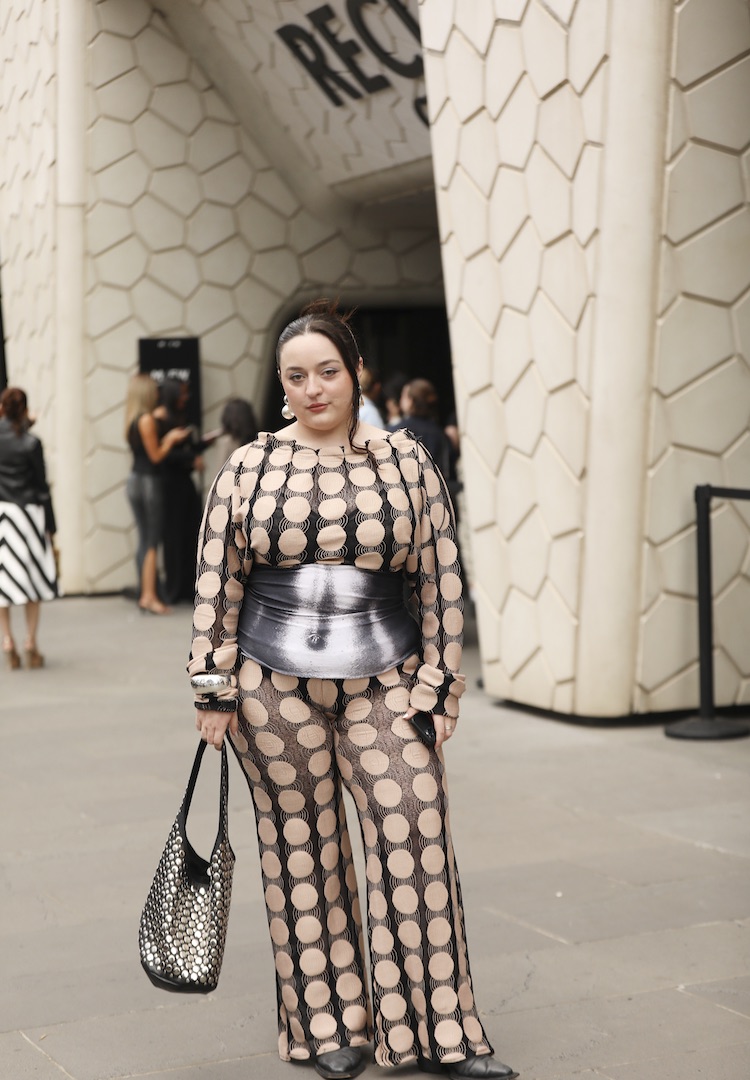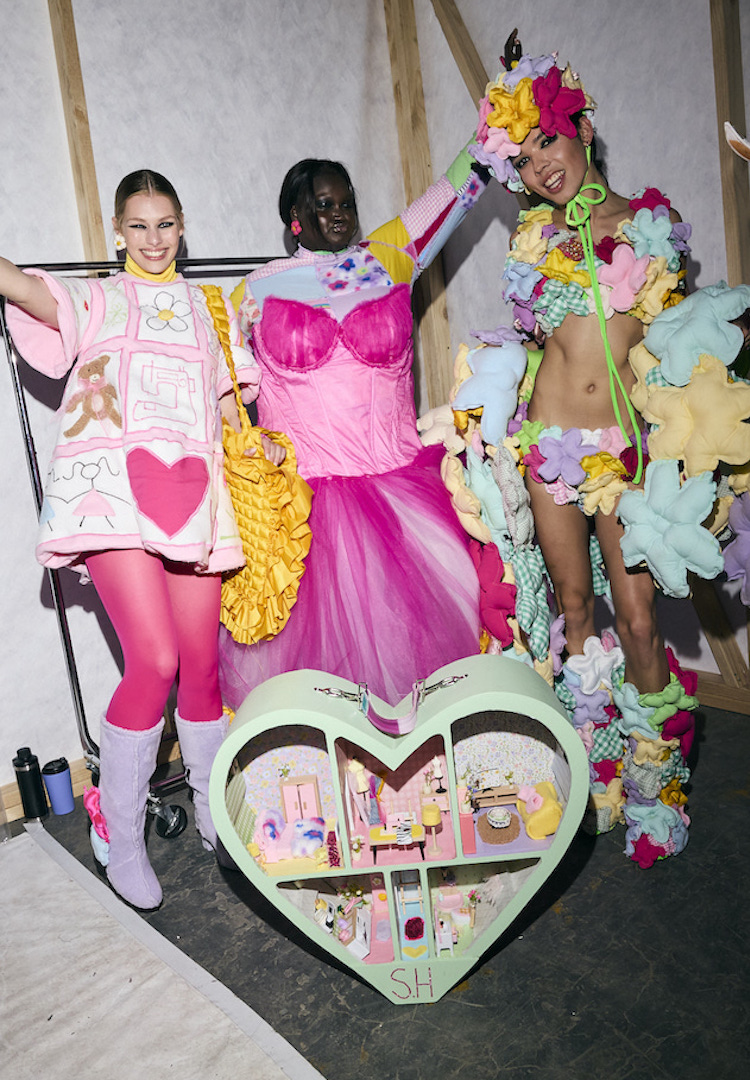A glimpse behind Melbourne Fashion Week’s First Nations Fashion Capsule
In partnership with GPT 530 Collins St
Words by Maryel Sousa
A merging of worlds.
Fashion has always been about more than clothes; every collection tells a story. Some are whispered, others shouted. But whether we hear them or not, the stories are always there – of resilience, of heritage, of identity, of Country. If you’re keen to listen, you’ll find them throughout this year’s Melbourne Fashion Week (M/FW) Fashion Capsule Program.
Each year, M/FW props up a series of free fashion exhibitions at select locations across the city. Small in scale, these ‘fashion capsules’ form a daisy chain of stops that together celebrate technical skill, aesthetic innovation and artistic expression.
For more from Australian designers, head to our Fashion section.
Of the five capsules on show this year, a highlight is the First Nations Fashion Capsule, nestled in The GPT Group’s premium office tower at 530 Collins St. It showcases seven pieces, each a collaboration between a leading Indigenous and non-Indigenous fashion designer.
What sets this capsule apart is its focus on this exchange of culture, ideas and artistic processes. “I focused on selecting pieces where the partnership between the First Nations and non-Indigenous designers felt deeply collaborative, where both voices were present, but with space held for the cultural authority of the First Nations designer to lead or guide the narrative,” says its curator, Anastasia Keshan.
“There is power in storytelling, representation and collaboration. Through this capsule, we witness how fashion, when rooted in cultural integrity, can shift perspectives, build bridges and elevate voices that have long deserved to lead.”
The exhibition feels impossible to ignore, and that’s by design. Rather than hidden in a gallery, the capsule is woven into the everyday hustle and bustle of the city. From September 29 to October 26, thousands of people moving through The GPT Group’s premium workplace can freely connect with these seven stories of First Nations designers and their collaborators.
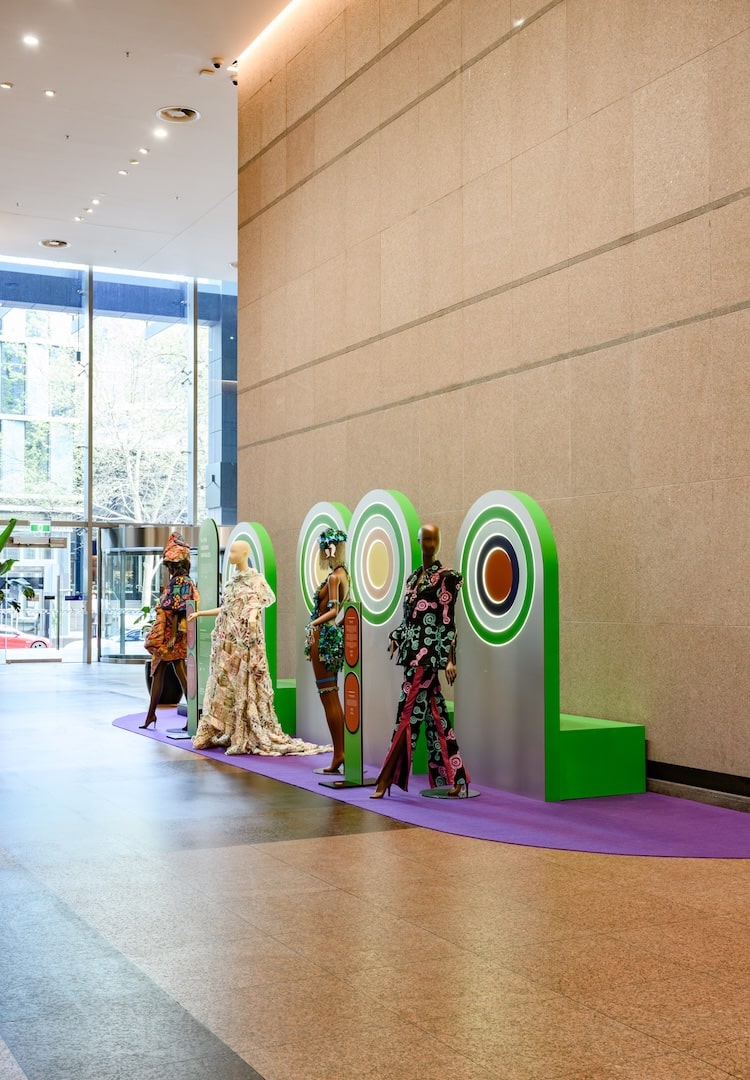
To Matthew Brown, Head of Office at GPT, this visibility provides a meaningful experience for those visiting and working at 530 Collins Street. “Hosting this capsule aligns with GPT’s commitment to creating workplaces where connection to Country, culture and community is not only recognised, but actively supported,” he says. “We hope the experience at 530 Collins St encourages reflection, sparks curiosity and reinforces the value of cultural exchange.”
These sacred designs can only exist at the meeting point of this cultural exchange. But what did these partnerships look like in practice?
A look behind the curtain
In 2022, independent designers Kristy Dickinson (a proud Wiradjuri woman and founder of Naarm-based label, Haus of Dizzy) and Nixi Killick joined forces to create Tagai’s Sky, a “luminous, sculptural work” inspired by the Torres Strait Islands and currently on display at the M/FW exhibition.
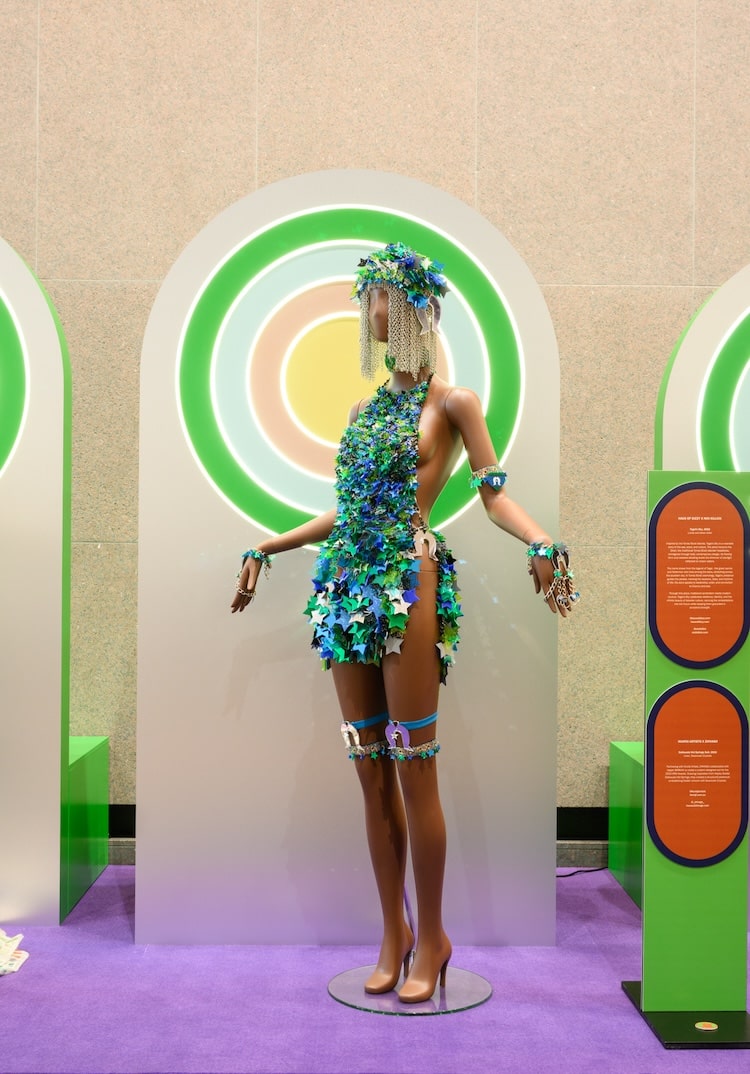
Tagai’s Sky by Haus of Dizzy and Nixi Killick
Layers of shimmer and movement resemble starlight shining on ocean waters, symbolising ancestry, guidance and journey. The gown is nothing short of breathtaking, with each designer bringing their best to the table. “[Nixi’s] fearless use of colour and futuristic approach aligned beautifully with my love of bold storytelling,” says Kristy, “The collaboration felt like a true merging of worlds: deep cultural narrative and avant-garde fashion.”
However, their partnership led to an experience that transcended even the beauty of the design. “The time we spent together in the studio carried its own kind of magic,” Nixi tells me. “Piece by piece, ring by ring, we built this work with our hands while sharing stories of creativity, motherhood and the realities of running our own practices.”
For Nixi, walking through the process with Kristy was just as meaningful as completing Tagai’s Sky. “It felt like a merging of identity and creative sisterhood. The piece celebrates both the infinite beauty of Islander culture and the power of collaboration rooted in care and community.”
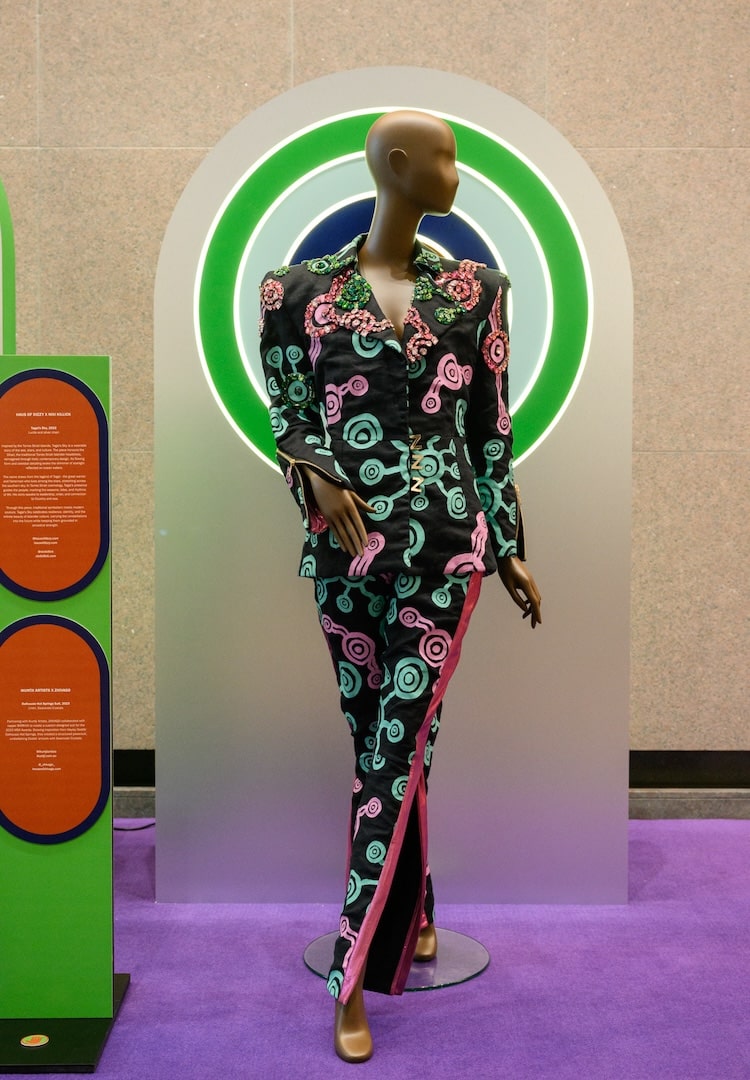
Suit by Ikuntji Artists and Zhivago
Likewise, Warrang-based designer, educator and sustainable fashion activist Sally Jackson found a perfect match in fellow upcycler and designer Emily Beckley (Doolah). The First Nations Fashion Capsule features their shared design, S.O.S – Save Our Shore, which pays homage to Emily’s Horn Island home and takes a stand against the grave environmental threats plaguing it.
The piece draws inspiration from the iconic zoot suit, a symbol of pride and resistance among the Hepcats and Pachucos of 1940s Southern California. With the revolutionary suit as their foundation, Emily and Sally set out to bridge their two distinct heritages.
“By referencing this style, we linked histories of resilience and identity with Aunty Emily’s own family, who worked as pearl luggers and fishers in the Torres Strait,” explains Sally. “The jacket, emblazoned with ‘SOS’, reflects her family’s pearling heritage while nodding to the Pearly Kings and Queens of my British ancestry, whose pearl buttons were symbols of community and social responsibility.”
Naturally, the pair chose to use reclaimed materials in the piece, transforming ghost nets and discarded wetsuits into hand-sewn embellishments, and incorporating fish-scale leather on lapels. Emily designed reflective prints for the piece as a tribute to the traditional Dibi Dibi pendant and her totem, the dugong. The prints also feature a turtle motif, a nod to the Murray Island betrothal pendant, Sabagorar.
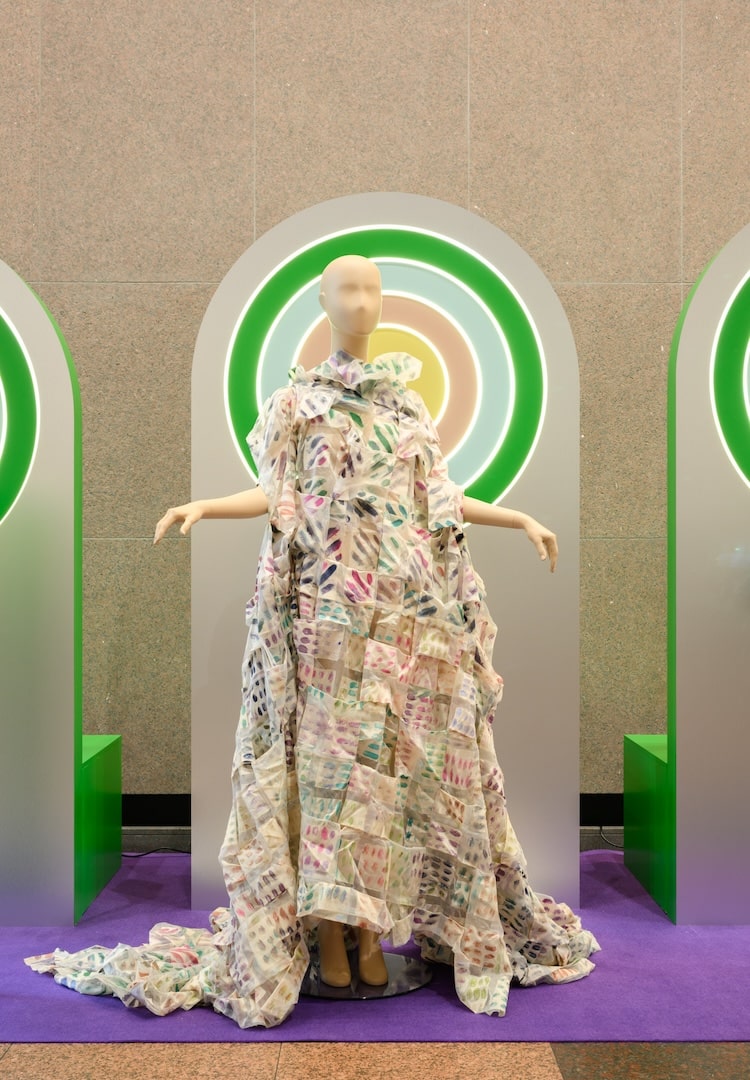
Timani by Clair Helen, Jordan Gogos and Akira Isogawa
With two pieces displayed in the capsule, Clair Helen (a proud Indigenous designer from the Tiwi Islands) is no stranger to blending distinct perspectives. Winga, her 2022 design collaboration with multidisciplinary artist and fashion designer Jordan Gogos, pays tribute to the sea and themes of life, flow and resilience. The following year, Clair and Jordan partnered with design legend Akira Isogawa to create Winga’s foil, Timani, a piece that represents grounding, belonging and Clair’s deep ties to Country.
“Both designers bring such different perspectives and ways of working, and it pushed me to think about storytelling through fashion in new ways,” she says. “It’s been powerful to see these stories come to life through collaboration, and to share them on such an important platform like the First Nations Fashion Capsule.”
Visit the First Nations Fashion Capsule at GPT 530 Collins St or learn more by heading here.

